The Showa era, spanning from 1926 to 1989, is often referred to as Japan’s Golden Age. This period, encompassing the entire reign of Emperor Hirohito, witnessed profound cultural and societal transformations. Showa Retro, a term reflecting the nostalgia and charm of this bygone era, has experienced a resurgence in recent years, captivating contemporary audiences. This trend highlights various aspects of Japanese life, from fashion and design to culinary arts and entertainment, offering a rich cultural tapestry that continues to inspire.
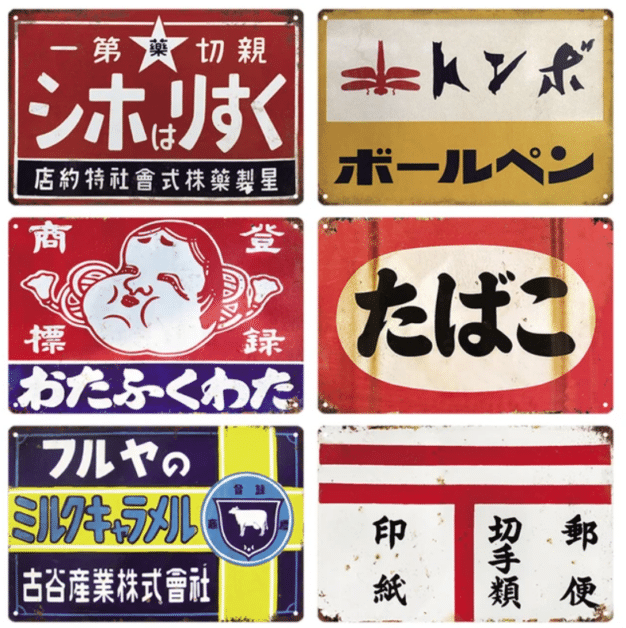
What is Showa Retro?
Showa Retro encapsulates the atmosphere and phenomena of the Showa era, characterized by a blend of simplicity and vibrancy in design. This aesthetic is evident in fashion, architecture, and everyday objects, reflecting the period’s mix of traditional and modern influences. The appeal lies in its nostalgic charm, evoking a sense of longing for a time when life was perceived as more straightforward and community focused. Historical Context and Evolution
The Showa era was a time of significant transformation for Japan. It saw the lead-up to WWII, the devastation and hardships of the war, followed by a dramatic period of economic growth and modernization in the post-war years. This period, particularly from the 1950s to the 1970s, is often the focus of the Showa Retro revival. During these years, Japan experienced a burst of technological advancement and prosperity, leading to a lifestyle marked by modern luxuries and convenience.
Despite the challenges, the era was also marked by a sense of community spirit and resilience. As Japan transitioned into the digital age, the everyday items and cultural artifacts from this time gradually faded. However, the recent resurgence in interest highlights a collective desire to reconnect with the tangible simplicity and craftsmanship of the past.
Showa Revival in Popular Culture
Over the last decade, there has been a steady growth in interest in the Showa period. What was once considered tacky(dasai) is now embraced as retro chic. This wave of nostalgia has permeated every aspect of modern culture, from fashion and media to travel. The 2005 movie “Always: Sunset on Third Street” and its sequel captured the romanticized essence of the Showa era, resonating deeply with audiences. More recently, NHK’s morning drama “Toto Nee Chan” evoked a similar sentiment, highlighting the era’s sense of possibility and drive.
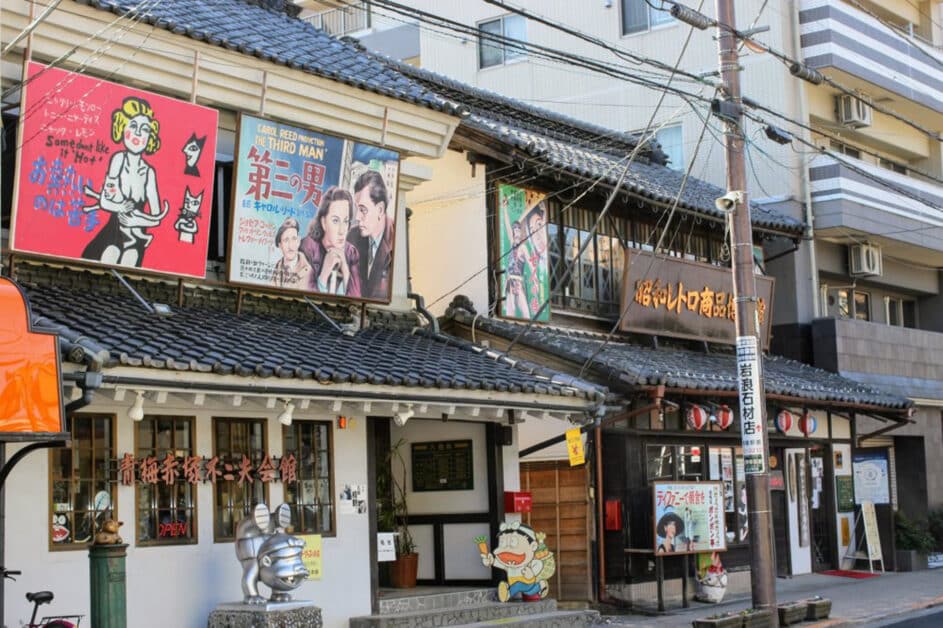
Businesses Capitalizing on Showa Nostalgia
Businesses have capitalized on this nostalgic interest with Showa-themed parks and shops. In Odaiba and Shibamata, Showa 30s theme parks draw visitors eager to experience the past. Showa-styled sweet shops in Ikebukuro and Yokohama, as well as retro bars and cafes, offer authentic tastes of the era. Regional areas like Atami and Ome have benefited from promoting their Showa heritage, attracting tourists with their preserved cultural landmarks and nostalgic atmosphere.
The Contemporary Appeal of Showa Retro
The resurgence of Showa Retro can be seen as a reaction to the fast-paced, technology-driven modern world. It offers a sense of stability and familiarity, providing an escape to a time perceived as simpler and more community-oriented. Younger generations, facing economic stagnation and uncertain futures, find solace in looking back at a time of optimism and collective effort. This trend resonates with those who yearn for the tactile and tangible in an increasingly digital age.
Comparative Retrospectives: Taisho Romance and Heisei Retro
Showa Retro is part of a broader trend of exploring Japan’s past through different eras. Taisho Romance, which covers the Taisho period (1912-1926), is noted for its fusion of Western and Japanese aesthetics, reflecting a time of cultural experimentation and romanticism. The era’s desaturated color palette and intricate designs offer a nostalgic yet sophisticated charm.
Heisei Retro, on the other hand, focuses on the period from 1989 to 2019. This era saw significant technological advancements and cultural shifts. Comparavle to the widening popularity of “y2k” styles and fashion in the west, Heisei Retro celebrates the cultural trends and technological innovations that defined this time, such as Harajuku Girls, gyaru, and visual kei, providing a recent yet distinct retrospective on Japan’s rapid evolution. Together, these genres offer a rich tapestry of Japan’s cultural landscape, each with its unique flavor and significance.
Showa Retro serves as a bridge to Japan’s past, offering a nostalgic yet vibrant window into a bygone era. Its growing popularity underscores a collective yearning for the simplicity and authenticity of earlier times. By embracing the aesthetics and values of the Showa era, contemporary society can find inspiration and solace, reconnecting with a cultural heritage that continues to influence and enchant. This revival not only celebrates Japan’s rich history but also provides a meaningful counterbalance to the complexities of modern life.

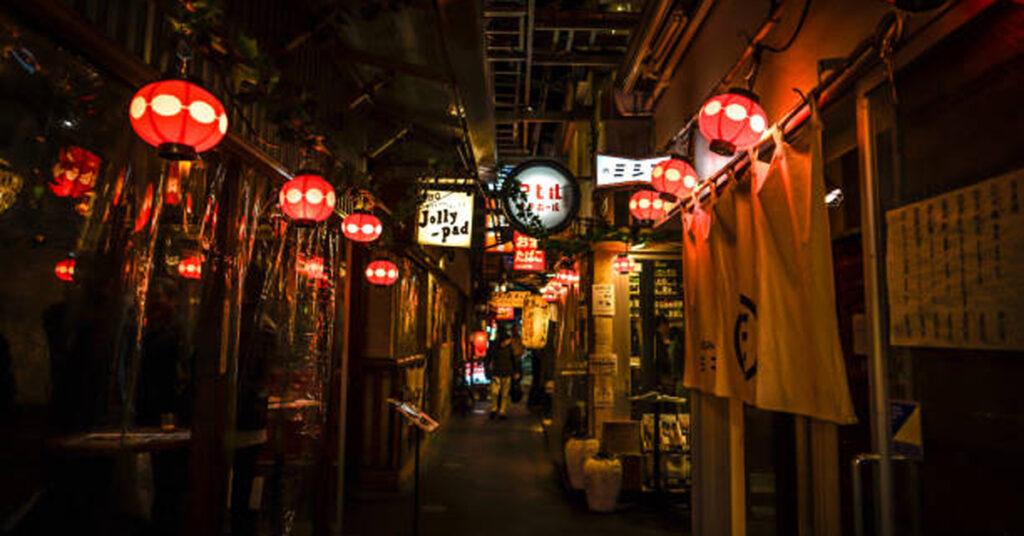
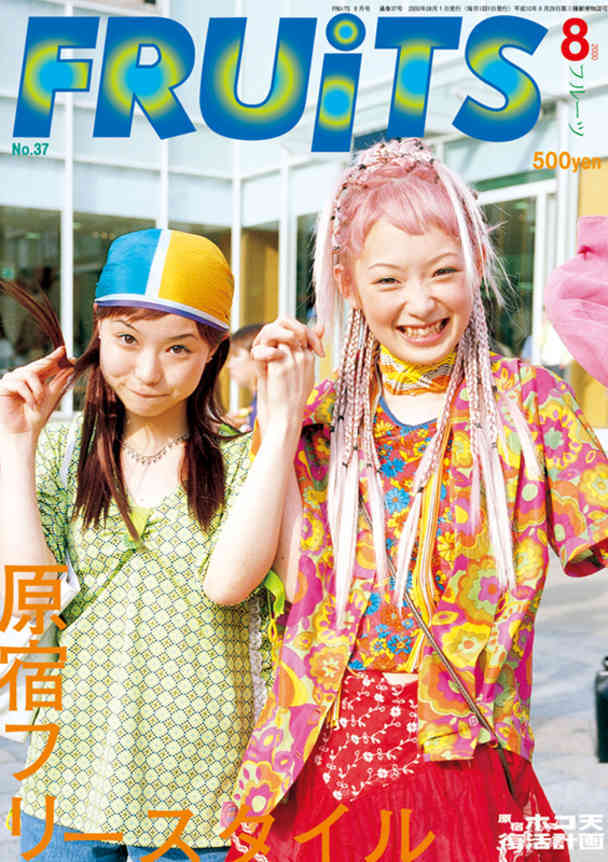
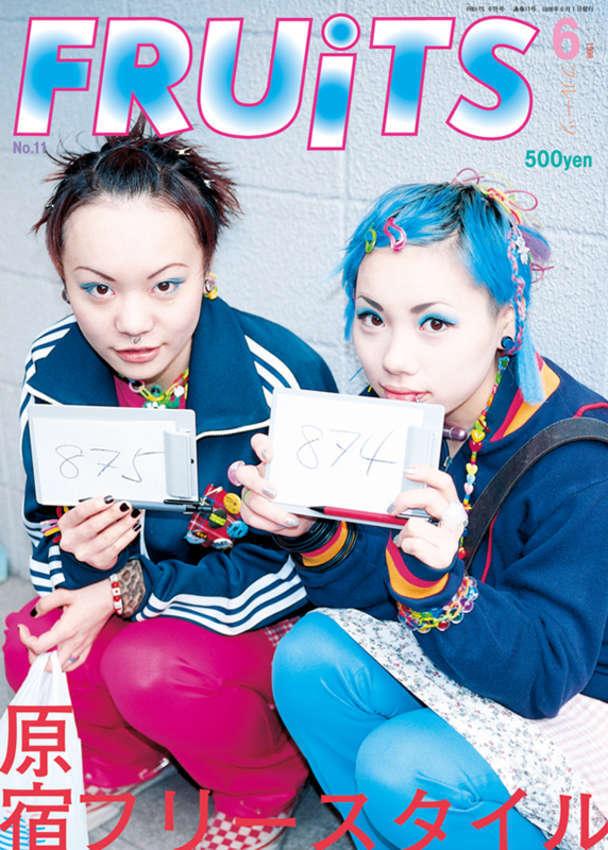
Pingback: となりのトトロ完全ガイド:心に刺さる魔法とシンプルな喜びを紐解く | ABITA LLC&MARKETING JAPAN